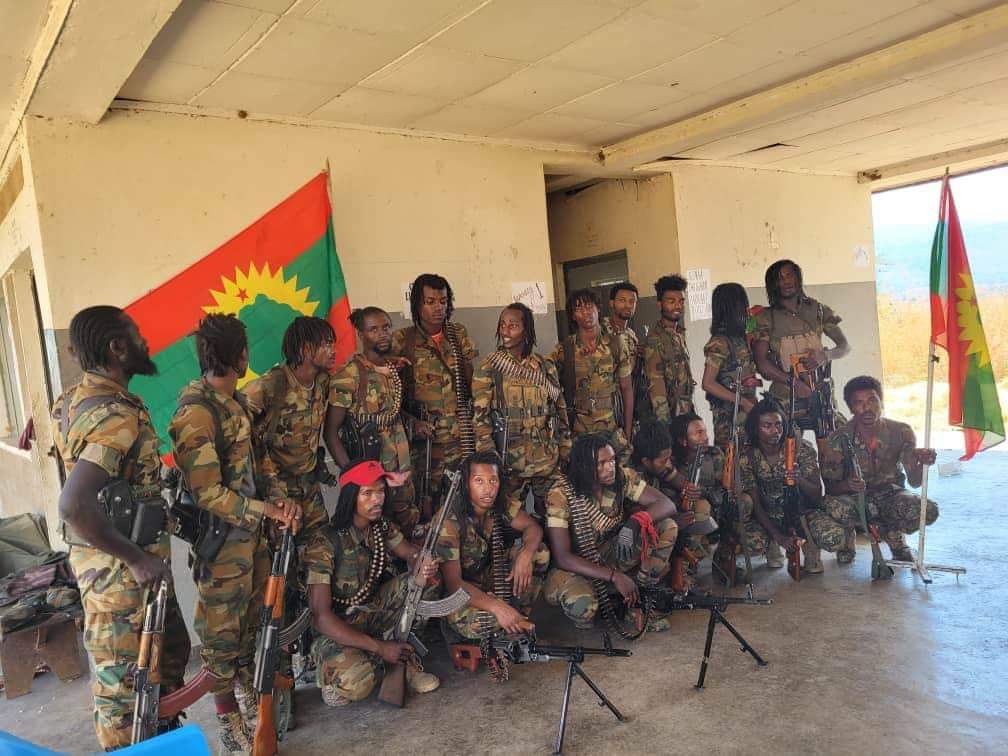Ethiopian Rebel Group Accuses Government of Fabricating Peace Talks
A significant rebel faction in Ethiopia’s Oromia region, known as the Oromo Liberation Army (OLA), has publicly condemned the government for allegedly misrepresenting the state of peace negotiations. In a recent press release, the OLA, which operates as the armed wing of the Oromo Liberation Front (OLF), accused Prime Minister Abiy Ahmed’s administration of spreading false information regarding purported secret negotiations with the ruling Prosperity Party (PP).
Claims of Ethnic and Religious Violence
The OLA’s statement highlighted concerns over the Ethiopian government’s alleged use of proxy forces to incite ethnic and religious violence. They cautioned that PM Abiy is on the verge of “unleashing a new war.” The rebel group suggested that the government’s claims about peace discussions were a continuation of “low-level cadre propaganda” aimed at silencing dissent in Oromia.
“This disinformation is neither new nor accidental,” the OLA asserted. “It is another futile attempt by Abiy to appropriate the legitimacy and public support of opposition movements.”
Insurgency Context in Ethiopia
The OLA has been engaged in an insurgency for several years, asserting that genuine peace cannot be attained under a regime that utilizes deceit and violence. The group has consistently positioned itself as a defender of Oromo rights, countering allegations from the Ethiopian government that it is a terrorist organization. According to the OLA, the government’s actions reflect a pattern of systemic marginalization and repression against the Oromo people.
Rising Tensions Across Regions
Further complicating the situation, the OLA accused the federal government of exploiting ethnic divides, particularly targeting Orthodox Christian communities in the Arsi zones. The group stated that after failing to incite widespread violence last year, the government has intensified attacks on these communities through its network of armed proxies.
Furthermore, the OLA claimed that similar militias have been developed in the Amhara and Tigray regions, suggesting a strategy where the government acts as both “the arsonist and the firefighter,” thereby fuelling instability across Ethiopia.
Call for International Attention
The OLA urged the international community to respond quickly, warning that Ethiopia is “on the brink of yet another Abiy-made catastrophe.” The organization highlighted critical issues facing the nation, including a collapsing economy, an unsteady military, and deteriorating diplomatic relations, stating, “The writing has long been on the wall, and the costs of silence will be measured not only in our people’s lives but in regional instability.”
Broader Conflicts in Ethiopia
The recent accusations coincide with growing tensions surrounding the fragile 2022 Pretoria Peace Agreement, established to curb violence between federal forces and the Tigray People’s Liberation Front (TPLF). Reports indicate both parties are increasingly critical of each other, with the TPLF alleging that the federal government has conducted drone strikes in contested territories, while the Afar regional administration has condemned TPLF incursions.
In summary, the OLA insurgency is emblematic of broader conflicts destabilizing Ethiopia. The past war in northern Ethiopia, which concluded in November 2022, reportedly resulted in over 600,000 casualties and extensive destruction.
Conclusion
As Ethiopia navigates this tumultuous landscape, the situation remains precarious. The OLA’s latest statements underscore the urgency for a peaceful resolution, amidst warnings of escalating violence that could have dire repercussions both domestically and regionally. The complex interplay of ethnic tensions, political machinations, and military strategies continues to characterize Ethiopia’s struggle for peace and stability.
For ongoing updates and in-depth analysis, visit Ethiopia’s Conflict Overview.
